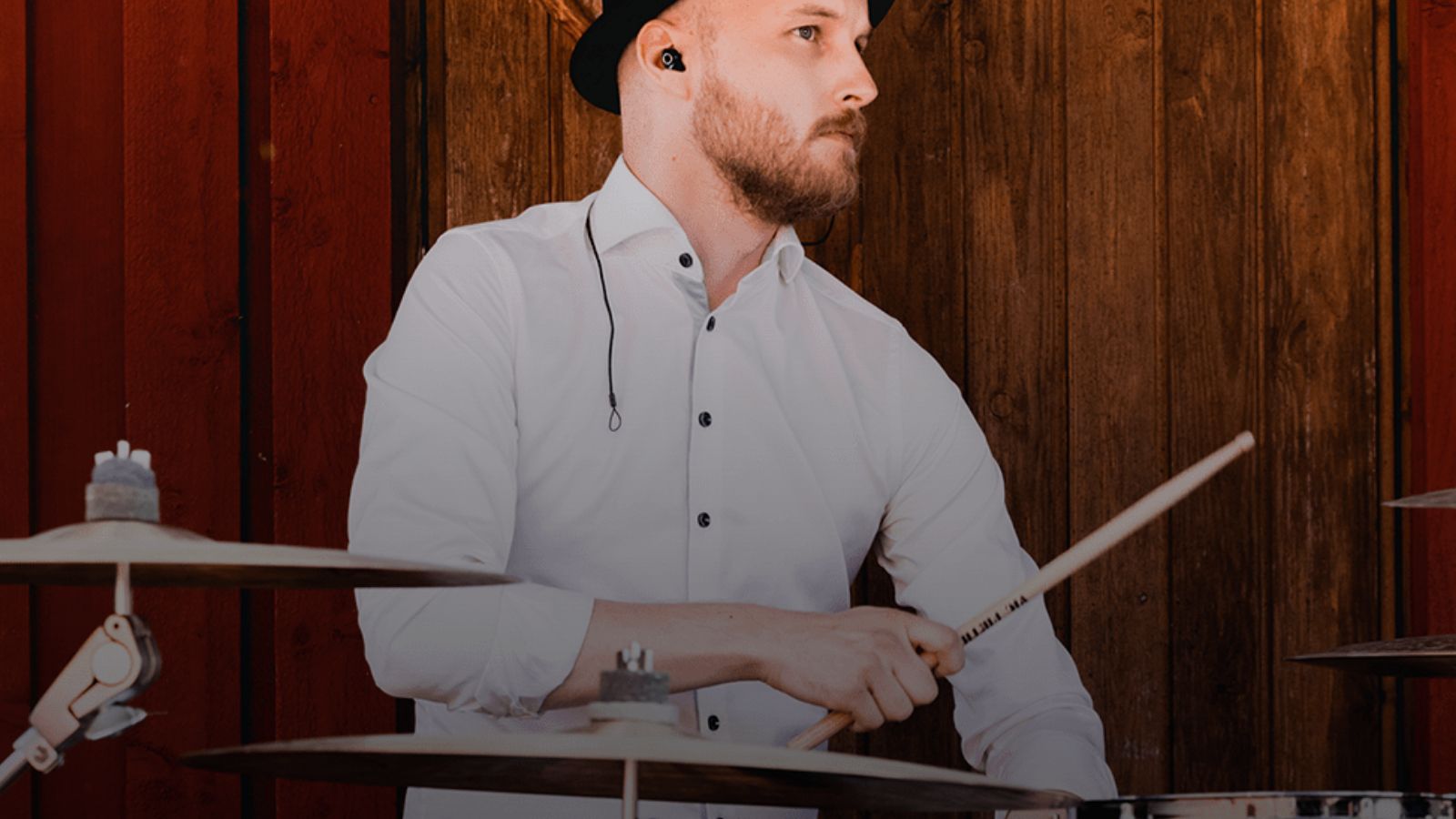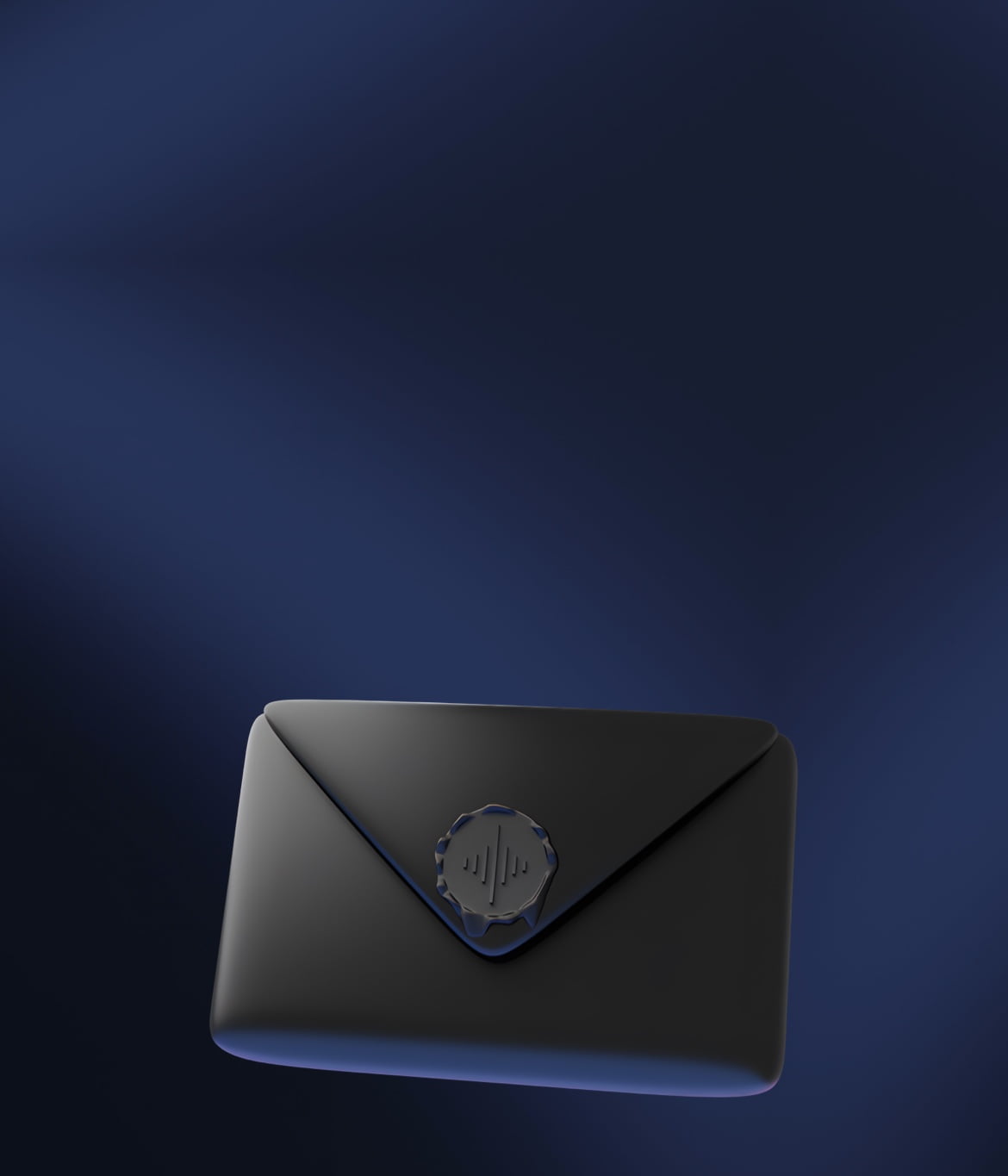Blog6 min read
Hearing Conservation for Musicians
Hearing loss and tinnitus are not an unavoidable occupational hazards. With a little effort, hearing conservation is very easy to do.

There are many practical, occupational, and social factors putting musicians at increased risk of sound-induced hearing injury. This holds true for others in this creative realm, such as audio engineers. Some culprits are the volume of acoustic drums, the small and poor acoustic nature of practice rooms, venues pushing louder volumes, tube amps needing more current to get “that sound”. However, even with a seemingly stacked deck, is it possible to protect your hearing and avoid the many pitfalls of hearing injury?

How loud and how long?
It is generally understood that skin cancer does not manifest following an afternoon of sun. However, we all know that continuous unprotected exposure can damage our skin in many threatening ways. The same is true of sound-induced hearing disorders, which result from chronic or continual exposure to loud sound. The only caveat being extreme acoustic pressures such as those generated by firearms. This means that you have the power to protect your hearing. There are two easy ways to accomplish this:
Keep the volume down — continue reading for realistic examples.
Minimize how long you are exposed to loud environments.
While this is vague, following these rules goes a long way to protect your assets, i.e., your ears. You can also download apps such as the NIOSH SLM to better define what is safe given your exposures. Use the app to check your time-weighted average and keep a watchful eye on average sound levels over 80 to 85 dB A-weighting. Another helpful tool is the iPhone Health app. This feature is useful if you commonly use headphones, as it estimates your levels both while listening and over time.
Alternatively, many watches and products such as the Soundbrenner Core 2 include basic decibel (dB) meters. You can use these dB measurements as a quick check against the levels mentioned above. If the environment is exceeding 80 to 85 dB, follow the recommendations outlined in this article. While loud music can be as fulfilling as a sunny day on the beach, we need to be cautious.

Source, Path, Receiver
People commonly think of earplugs when it comes to hearing conservation. While these are a great tool, they are part of a more holistic approach I recommend following, known as the Source, Path, Receiver Method1. In short, we make an effort to keep volumes down at the source. We also attempt to attenuate, or impede, the propagation of sound during its path. Lastly, we can try to reduce sound levels at the receiver. Here's an illustration to demonstrate:

It is not difficult to incorporate a few of these guidelines, and they may even have a compounding effect. For example, better room acoustics can improve your audibility and therefore performance as a musician. It can also improve the sonics for recording purposes.
Hearing protection - this is the way
When it comes to earplugs, there are significant differences between styles. Musicians should seek hi-fidelity hearing protection devices as they are designed with acoustic membranes and resonant channels to have a relatively linear, or uniform, attenuation profile. The result is a more natural listening experience where higher frequencies remain audible. This is crucial for musicality, as disproportionately attenuating high frequencies skews the relative balance of instruments within a performance. Think of how difficult it was to hear speech the last time you wore foam earplugs.

There are various styles of hi-fidelity musician’s earplugs, so it is important to find what will work best for you. For example, there are universal fit devices like Minuendo Lossless Earplugs, which offer variable attenuation with a sliding lever. I recently did a thorough review of these devices, including both measurements and sound samples. There are also custom earplugs which are favored by many professional touring musicians due to their retention, reliability, and sound quality. Lastly, there are also in-ear monitors which can provide both a personalized headphone mix and hearing protection if used properly.

Final thoughts
Musicians, audio engineers, and avid concert-goers should be relieved given the numerous options available. Hearing loss, and other sound-related injuries such as tinnitus, are not an unavoidable occupational hazard. With a little effort, such as following the tips outlined in this article, your hearing does not have to suffer from overuse.
Here are some key tips and a quick recap:
Download a sound level meter app such as the NIOSH SLM and monitor your environments. Levels above 80 to 85 dB A-weighting will begin taxing your auditory system and lead you down the road to hearing injury.
Follow the Source, Path, Receiver Method and improve the environments you have control over.
Get a carrying case and connect your hearing protection devices to your keys so that you always have them with you. A keychain pill holder works perfectly.
One final recommendation is to schedule a visit with an audiologist. You can find out where your hearing stands with a baseline test, learn more about your hearing system, and monitor it for years to come. Hearing loss is a silent epidemic, but we can significantly change that tide with better awareness and hearing conservation.
Author bio
Dr. Steve Taddei is a licensed audiologist in Rockford, Illinois. He hosts the Hearing Tracker Podcast and is a professor at several institutions, proctoring courses in hearing sciences and audio arts. Additionally, he remains an active member in the music and audio engineering community. Whether speaking to students or consumers of hearing technology, he aims to promote self-advocacy and increase hearing health awareness.
References:
1. Bolt, R.H., and K.U. Ingard. 1957. System Considerations in Noise Control Problems. Page 22-1 in Handbook of Noise Control, edited by C.M. Harris. New York: McGraw-Hill.



